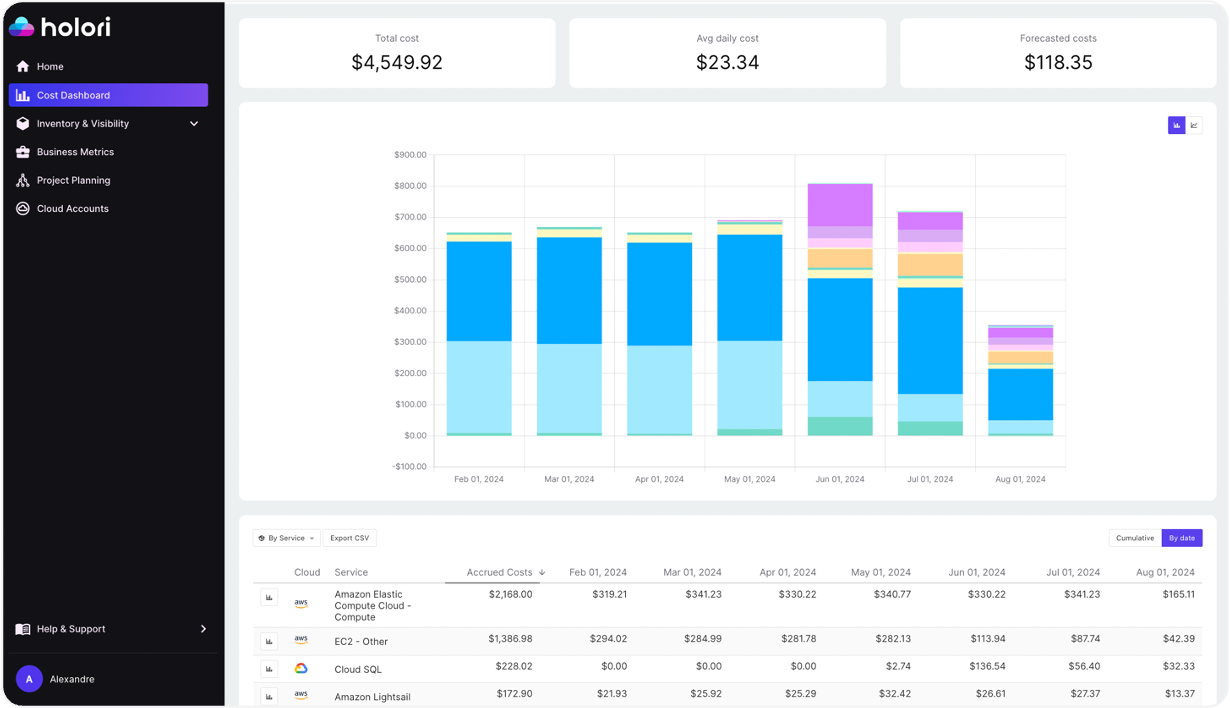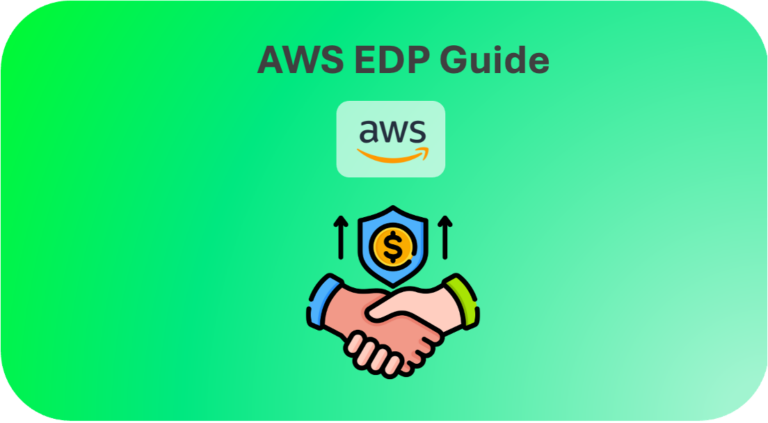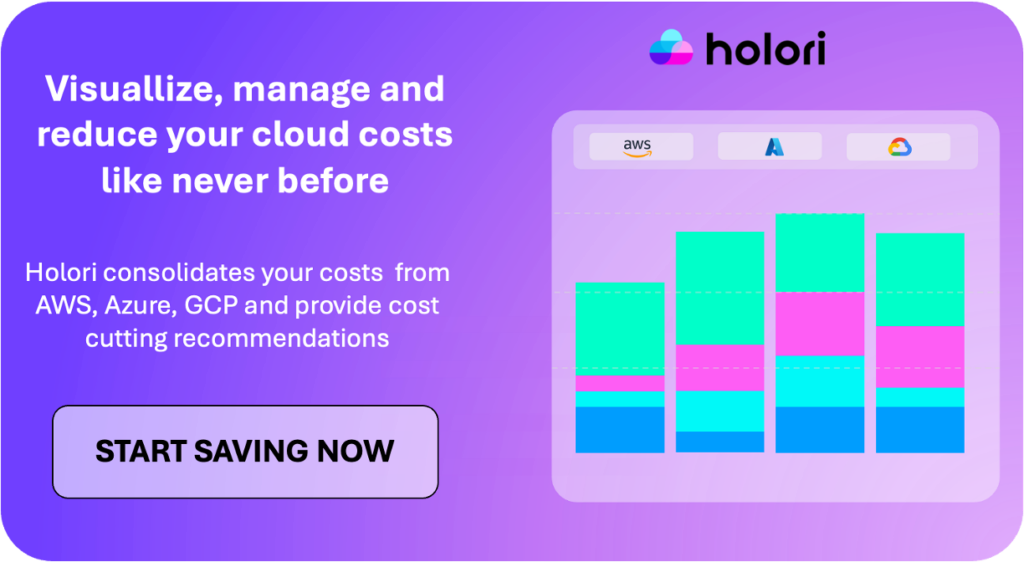For enterprises facing massive AWS cloud bills, there is a discount program you need to be familiar with: the AWS Enterprise Discount Program (EDP). Specifically designed for large-scale AWS users, the EDP offers substantial cost savings through customized discounts in exchange for long-term spending commitments. In this comprehensive guide, we’ll cover everything you need to know about AWS EDP, including eligibility criteria, tips for negotiating the best deals and ideas to mitigate eventual overcommitments.
What is AWS EDP?
The AWS Enterprise Discount Program (EDP) is a contractual agreement between AWS and large organizations that commit to a minimum level of spending over a set period—usually one to three years. In exchange for this commitment, AWS offers substantial discounts on on the total bill. It’a win win as for AWS it allows them to plan the infrastructure over the years as customers are committing and for AWS customers to reduce their cloud spend significantly.
Key Features of AWS EDP
- Commitment-Based Discounts: The core principle of AWS EDP is that the more you commit to spending, the greater the discount you’ll receive. This sliding scale of discounts incentivizes higher spending and longer-term commitments. Of course there is room for negotiation.
- Tailored Agreements: Unlike generic pricing models, EDP agreements are customizable. They are tailored to suit an organization’s unique needs, usage patterns, and growth trajectories.
- Flexibility Across Services: AWS EDP applies to a wide range of AWS services, making it a comprehensive cost-management solution. Whether you are using compute, storage, machine learning, or analytics services, the EDP can cover them all.
- Multi-Year Contracts: Most EDPs require a multi-year commitment. This long-term perspective aligns AWS and the customer’s goals, ensuring mutual benefits.
AWS EDP Eligibility and requirements
While the standard eligibility criterion for the AWS Enterprise Discount Program (EDP) is primarily based on annual spending, there are additional factors to consider:
- Consistent Spending: AWS requires a minimum annual commitment ($1M) and expects it to be maintained or increased over time (1-5 years). If you commit to $5 million in 2024, you must maintain or increase your $5M commitment in subsequent years.
- EDP Discounts Excluded: Discounts received through the EDP do not contribute to the annual commitment. If you spend $5 million and receive $500,000 in discounts, your net commitment will be $4,5 million.
- AWS Marketplace spending limit: Purchases from AWS Marketplace can represent up to 25% of the annual commitment. It used to be 50%.
- Mandatory Enterprise Support: Participation in the EDP requires signing up for AWS Enterprise Support, which comes at an additional cost.
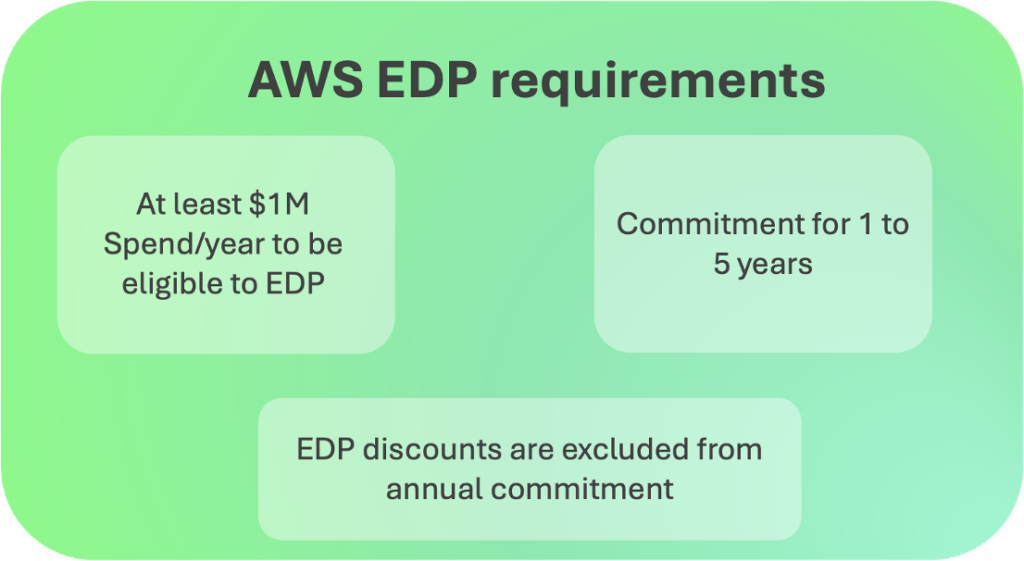
How does the EDP work with RIs and Savings plans ?
RI/SP discounts and EDP discounts can be combined, allowing you to benefit from both savings programs simultaneously.
When the AWS billing system applies discounts, RI and SP discounts are processed first. AWS calculates RI and SP savings before applying any EDP discount later in the billing cycle. After applying the RI and SP savings, AWS then applies the EDP discount to the already discounted RI/SP cloud spend.
In the below example, the normal on demand spend of the customer was 800k$. After applying the RI/SP discount, his new cloud bill is 380K$. His EDP discount is 10% and is applicable on his cloud bill of 380K$. Thanks to the EDP, he gets 38K$ discount.
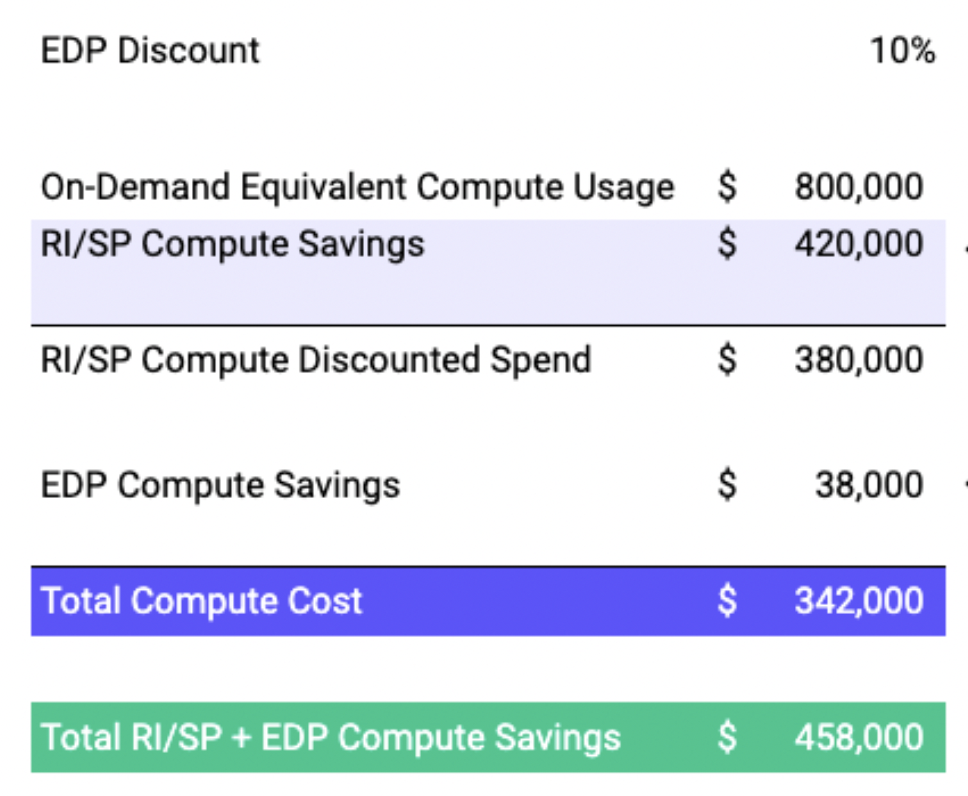
Reselling of RIs obtained with EDP in the AWS marketplace is now forbidden
As of January 15, 2024, AWS has implemented a policy prohibiting customers from reselling Reserved Instances (RIs) acquired at a discount (with EDP) on the Amazon EC2 Reserved Instance Marketplace. This ban is based on Section 5.5 of the AWS service agreements, which explicitly forbids the sale of discounted RIs.
While AWS has allowed the resale of discounted RIs obtained before October 1, 2023, this grace period has now expired. Customers who have been engaged in the resale of discounted RIs through the Marketplace or third-party providers will no longer be able to do so.
How to Negotiate a good AWS EDP: Tips & Tricks
To fully benefit from an AWS Enterprise Discount Program (EDP), it is essential for engineering and finance teams to collaborate closely to accurately forecast your AWS spending. This will help avoid both overcommitting and undercommitting.
- Forecast Your Usage, Spending, and Growth: Review your historical AWS expense data and analyze factors that could influence your future spending patterns. Remember, joining the AWS EDP program requires an annual increase in commitment. Ensure this aligns with your organization’s long-term goals. You can use native AWS tools or third party FinOps platform such as Holori to plan future costs.
- Optimize your cost first: Before entering an AWS EDP, you should ensure your cloud spending is well-optimized. If not, you could struggle to meet your commitment. Once again you can use native AWS tools or third party FinOps tools depending on your needs.
- General Rule: Underestimate Your Spend: It’s better to err on the side of caution and underestimate your AWS spend. You don’t want to end up scrambling to find ways to spend money just to meet your commitment. AWS often reduces prices on services over time, which could lead you to “chase your spending target” by adopting new services that aren’t necessary. Personally, I’d feel confident setting an EDP commitment at around 80% of my projected spend.
- Evaluate Your AWS Marketplace vendors: Assess the ISVs you are currently purchasing from and explore whether these purchases can be made through the AWS Marketplace.
- Join forces to increase commitment: Consider merging your AWS budget with other divisions in your organization, such as parent companies or subsidiaries, to increase overall spending. Higher spending often results in better discount rates. In practice, you need to group all the AWS accounts under a single master account.
- Build Strong Relationships with AWS Account Managers: Your AWS account manager plays a crucial role in the EDP negotiation process. Regular engagement with them ensures you have a clear understanding of AWS’s priorities, pricing structures, and potential discounts. Build a rapport with your account manager and express your long-term commitment to AWS, highlighting the mutual benefits of an EDP agreement.
- EDP is a commercial negotiation: While the size of your commitment and other financial figures are certainly important, they are not the only factors to consider. There is often room for negotiation, even if it seems limited. If you have leverage, such as the option to move to another cloud provider, you may be able to negotiate a higher discount. Additionally, you can seek advice from an external consultant or a reseller, such as a reseller who understands the intricacies of AWS agreements and can help you secure a better deal.
What to do if you overcommitted
There are many reasons why you could have overcommitted. Moved too many workload to another vendor, economic downturn, slower growth than expected.
Whatever the reason, recognizing that you’ve overcommitted as early as possible is crucial. The sooner you identify the issue, the sooner you can take corrective action, minimizing the impact.
- Shift SaaS Vendor Contracts to the AWS Marketplace: For SaaS vendors listed on the marketplace, you can request a private offer that maintains your originally negotiated terms while allowing you to pay through AWS.
- Prepurchase Reserved Instances (RIs) or Savings Plans: Consider purchasing Reserved Instances (RIs) or Savings Plans for the upcoming year(s). Since these are multi-year commitments, they can help you meet your Enterprise Discount Program (EDP) obligations. However, this approach is often a last-minute solution, as it involves prepaying for services that may not be immediately needed and reducing your current cash reserves. While it can offer a short-term fix to meet your commitments, it should be used cautiously.

Conclusion: Maximizing Your AWS EDP Investment with Holori
By understanding the intricacies of AWS EDP and effectively negotiating your terms, you can unlock substantial cost savings and optimize your cloud investment. Make sure to forecast accurately your future spend to avoid overcommitting or undercommitting. To fully realize the potential of AWS EDP, organizations should proactively monitor and optimize their AWS consumption, leverage RIs and Savings Plans, set up budgets and alerts. FinOps platforms such as Holori can help you in this journey:
- Gain deeper insights into your AWS costs and usage patterns.
- Identify additional optimization opportunities beyond those suggested by AWS..
- Collaborate effectively with your team to align cost management goals.
By leveraging Holori’s capabilities, you can further enhance the benefits of your AWS EDP and ensure that you’re extracting the maximum value from your cloud investment.
Ready to take your cloud cost optimization to the next level? Sign up for a free trial today.
